Wildlife-watching is one of the great pleasures of hiking, but some encounters are riskier than others.
Although attacks on hikers are rare, and even bears and wolves would much rather avoid a close encounter, there are still steps you should take to keep yourself safe.
The guide below offers more comprehensive advice on how to handle close calls with some of the more dangerous creatures you might come across, plus further reading from wildlife experts.
If you want to get a better view of an animal, remember that a pair of binoculars will help you get a good view without putting yourself in danger or causing a disturbance.
If you want to capture the moment, you’ll get the best photos using a telephoto lens and plenty of patience, not by accosting animals in a parking lot.
For more advice, see our list of six wildlife photography tips from a pro.
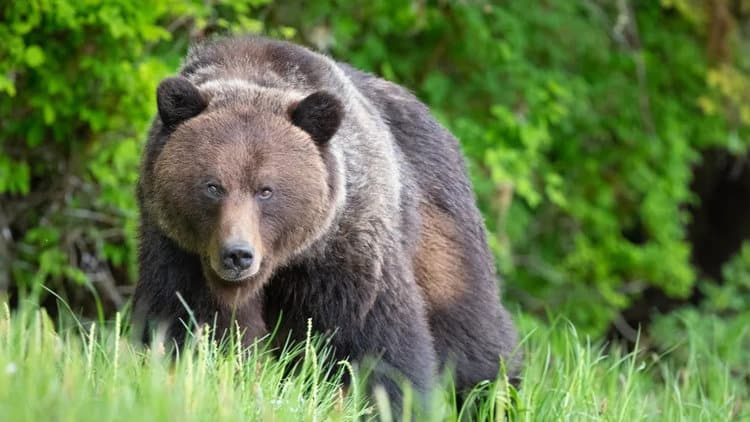
Bears
Bears attacks are rare, but it’s important to know how to handle an encounter if you find yourself in close quarters – and avoid that happening in the first place.
Black bears and grizzles can be found throughout much of the US. Despite their names, the color of their coats won’t tell you which is which. Black bears can have cinnamon brown fur, while grizzlies can be black. Grizzlies are generally larger, and have a distinctive shoulder hump that differentiates them from black bears. The grizzly also has a more concave face profile, whereas the black bear’s snout is straighter. Grizzlies also tend to be more aggressive.
Make a special effort to be noticeable if you are in an area with known bear activity or a good food source
National Park Service
Bears are most likely to attack if they feel they, their cubs, or their food source is threatened. Never get between a mother bear and her young, and pay close attention to signs posted during the fall when the animals are fattening up for winter. Some National Parks close off certain campsites and trails at this time of year to let the animals feast on berries in peace.
The best way to avoid a bear encounter is to make sure they know you’re coming well in advance. Travel in a group and talk to one another or sing as you go, giving bears and other animals a chance to leave the area first. Don’t rely on bear bells – evidence suggests they’re not effective.
“Pay attention to your surroundings and make a special effort to be noticeable if you are in an area with known bear activity or a good food source, such as berry bushes,” advises the National Park Service.
For more advice and instructions on how to handle a close encounter, see our guides what to do if you meet a bear and how to carry and use bear spray.
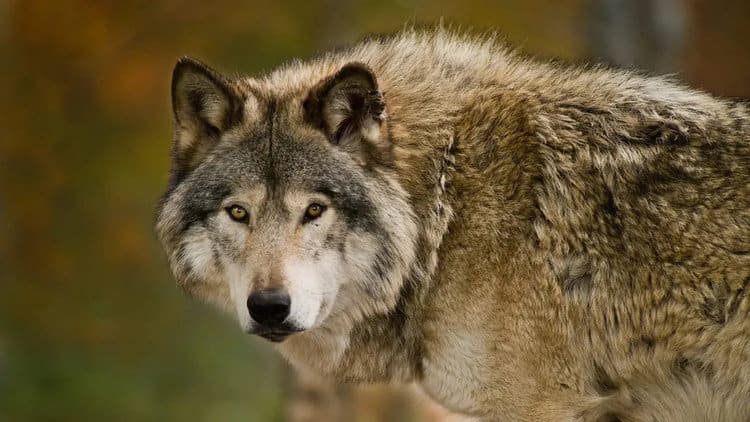
Wolves
Wolves were once nearly extinct in the US, but rewilding and reintroduction programs mean they’re now making a comeback in states including Colorado and Utah. Sighting are still rare, and attacks on humans even rarer, but it’s still important to know how to keep yourself safe when hiking in their territory.
Wolves are not normally a danger to humans, unless humans habituate them by providing them with food
National Park Service
Like almost all wild animals, wolves are naturally wary of humans and prefer to leave an area than face a confrontation. A 2002 bulletin by the Alaska Department of Fish and Game Wildlife (ADFG) found only 80 wolf/human interactions in a 60-year period, only 25 of which involved unprovoked attacks by a healthy wolf. Wolves will, however, attack pet dogs. If you’re planning a hiking or camping trip in wolf country, consider leaving your good boy or girl with friends of family.
“Wolves are not normally a danger to humans, unless humans habituate them by providing them with food,” says the NPS. You can avoid this by never deliberately feeding wolves, securing your food properly at camp, and taking care to pack out all your trash.
If you come across a wolf on the trail and it doesn’t leave, don’t run. As with bears, this can make the wolf see you as a prey animal and trigger its instinct to chase. Instead, make yourself look bigger by raising your arms and holding your backpack up if you have one, and make noise to intimidate it.
“If it continues, throw something at it or use bear pepper spray, says the NPS. “Group up with other people, and continue waving and yelling.”
For more tips, see our guide what to do if you encounter a wolf on the trail.

Mountain lions
You might have walked right past a mountain lion without even noticing. These big cats (also known as cougars, pumas, panthers and catamounts) can be found throughout the American West, but are very good at staying hidden.
If at any time you spot a mountain lion, report [it] to your local forest ranger station or visitor center as soon as possible
US Forest Service
Again, attacks on humans are rare, but according to the US Forest Service they are on the increase as people encroach further into the animals’ territory. “If at any time you spot a mountain lion, report the sighting or encounter to your local forest ranger station or visitor center as soon as possible,” says the Forest Service.
The best way to avoid mountain lions is to travel in groups, and avoid heading out at dawn or dusk when the animals are most active. Keep dogs on a leash, and keep your kids close. If you do happen to spot a mountain lion, don’t approach it or run. Pick up small children and as with wolves, make yourself look as big and intimidating as possible. Speak firmly and loudly to make it clear that you are a human, not a prey animal.
For more advice, including tips on how to fight back, see our guide what to do if you meet a mountain lion on the trail.

Rattlesnakes
Spotting a rattlesnake might be scary, but they’re extremely important for controlling rodents. In Yosemite, for example, their main prey is ground squirrels, whose population could easily get out of control without predators.
Since rattlesnakes want to avoid humans at all costs, they tend to stay away from trails that get heavy foot traffic
Washington Trails Association
Rattlesnakes are usually found near cover, such as log piles, rocks and logs, so you can usually avoid them by hiking in open ground. Sticking to clear round will also let you see any snakes that do happen to be in your path. Using trekking poles while you hike will enable you to push back vegetation safely, if necessary.
“Use popular, well-hiked trails,” advises the Washington Trails Association. “Since rattlesnakes want to avoid humans at all costs, they tend to stay away from trails that get heavy foot traffic.”
Long, heavy hiking pants and high hiking boots will help provide protection, but don’t put yourself in harm’s way. If you think you hear a snake, stand still until you’ve figured out where it is, and move away. You won’t always hear a rattler, though.
“Beware of snakes without a rattle,” says the National Park Service. “Baby rattlesnakes don’t have rattles and adult rattles can break off.”
For more advice, take a look at our guide what to do if you see a snake on the trail.
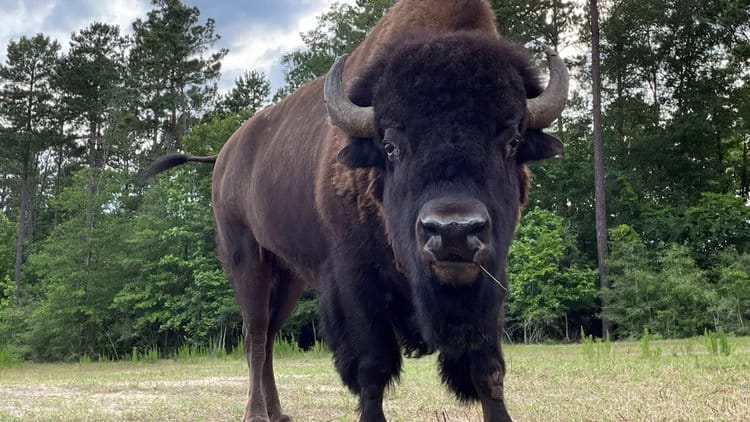
Bison
Bison might not have sharp teeth or claws, but they shouldn’t be underestimated. In fact, they cause more injuries than any other animal at Yellowstone National Park (when the rangers say don’t pet the fluffy cows, they mean it). Two visitors were gored by bison at US National Parks this summer, and people have died after being impaled on the animals’ sharp horns or trampled.
Many bison-related injuries in Yellowstone result from people approaching them to take a picture
National Park Service
Although bison might seem docile at first, they are unpredictable and their mood can turn on a dime. The NPS warns visitors to always stay at least 25 yards (23 meters) away, and never approach or distract the animals. They can be particularly dangerous during the spring, while they are protecting their calves (also known as red dogs due to their ginger fur) and in the fall when males compete for dominance and the right to mate.
“Bison do not pose a threat to people unless you get too close,” says the NPS. “Many bison-related injuries in Yellowstone result from people approaching them to take a picture. Use a camera with a telephoto lens to take photos from more than 25 yards away.”
What you can do
Support ‘Fighting for Wildlife’ by donating as little as $1 – It only takes a minute. Thank you.
Fighting for Wildlife supports approved wildlife conservation organizations, which spend at least 80 percent of the money they raise on actual fieldwork, rather than administration and fundraising. When making a donation you can designate for which type of initiative it should be used – wildlife, oceans, forests or climate.
This article by Cat Ellis was first published by Advnture on 31 October 2023. Lead Image: (Image credit: Getty Images).
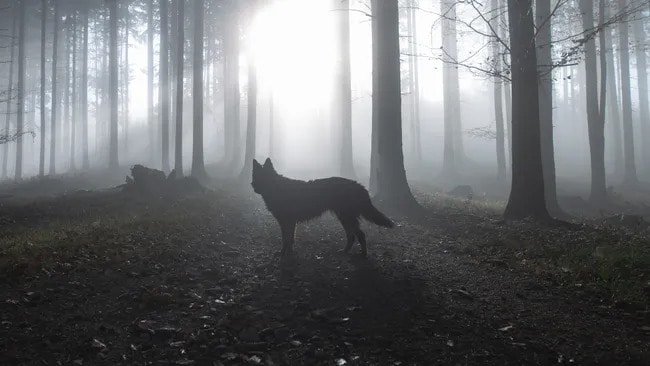
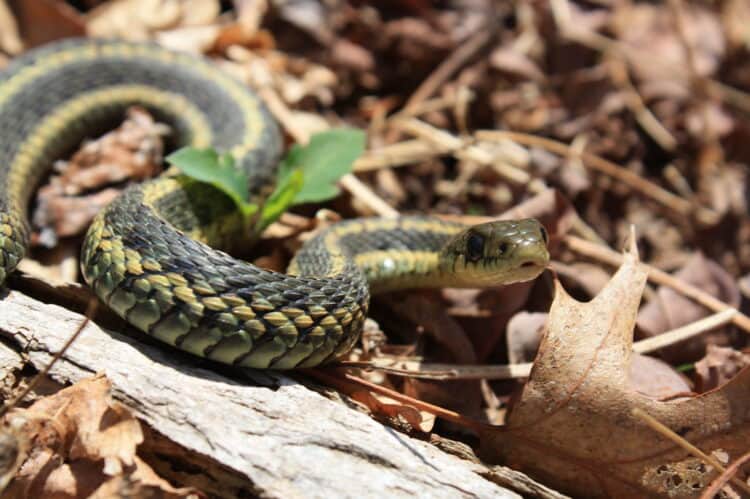



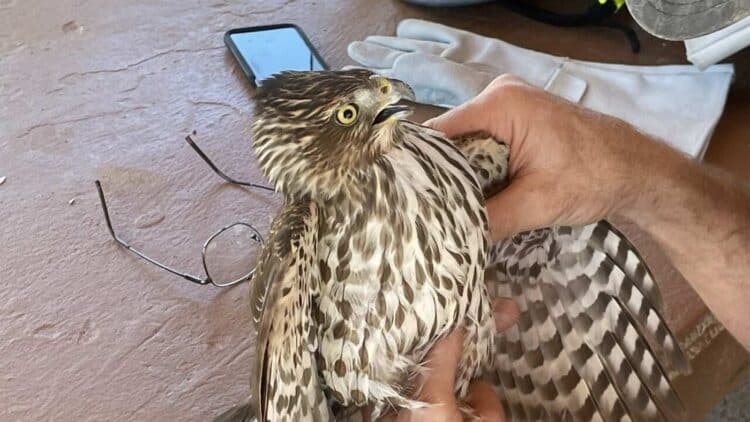

Leave a Reply